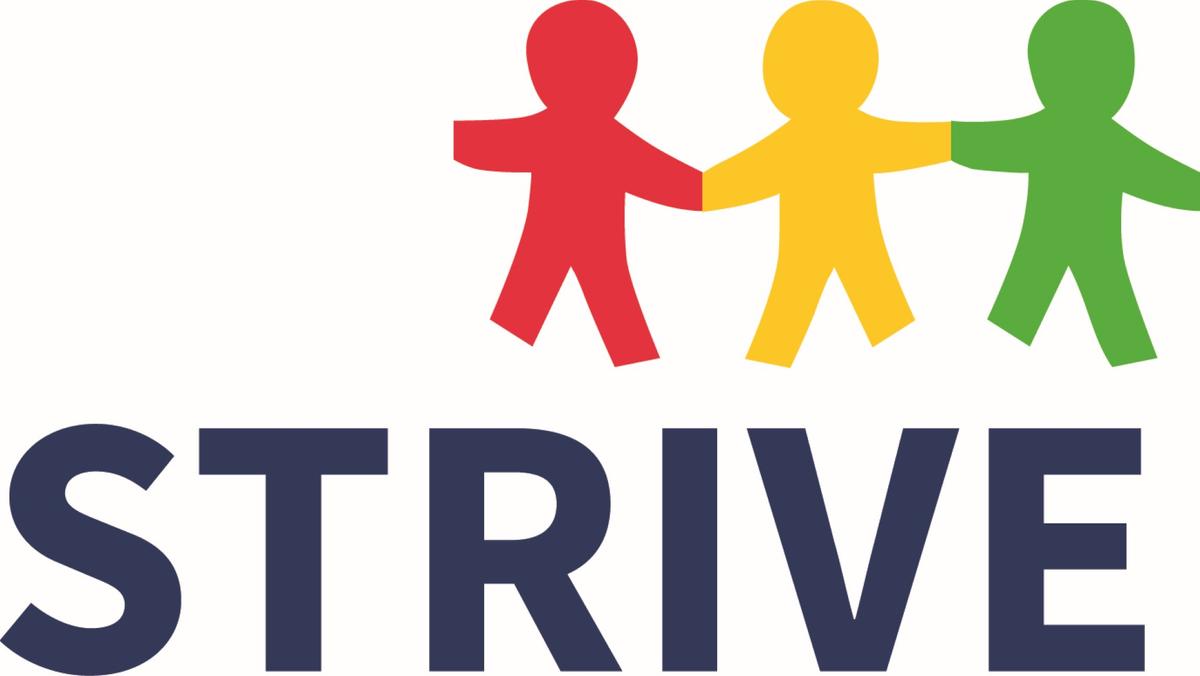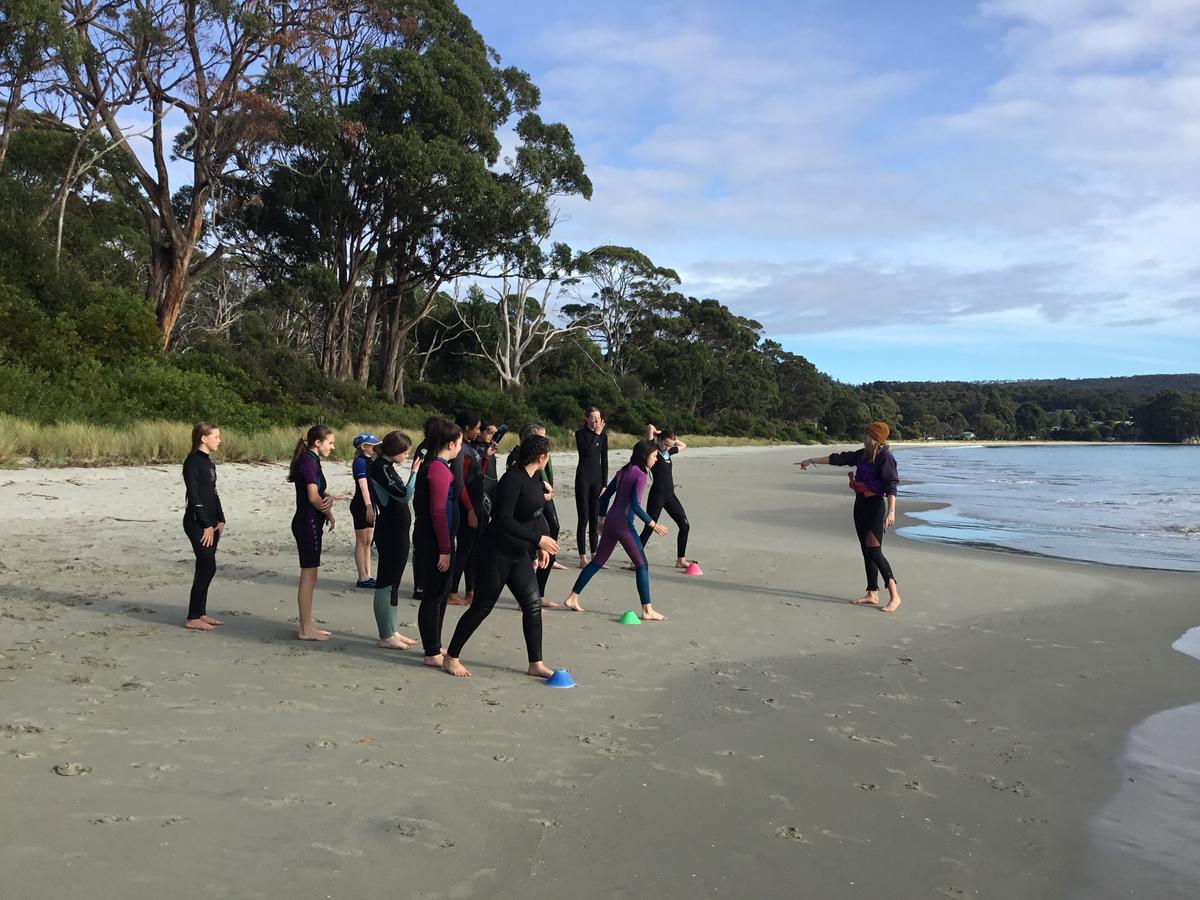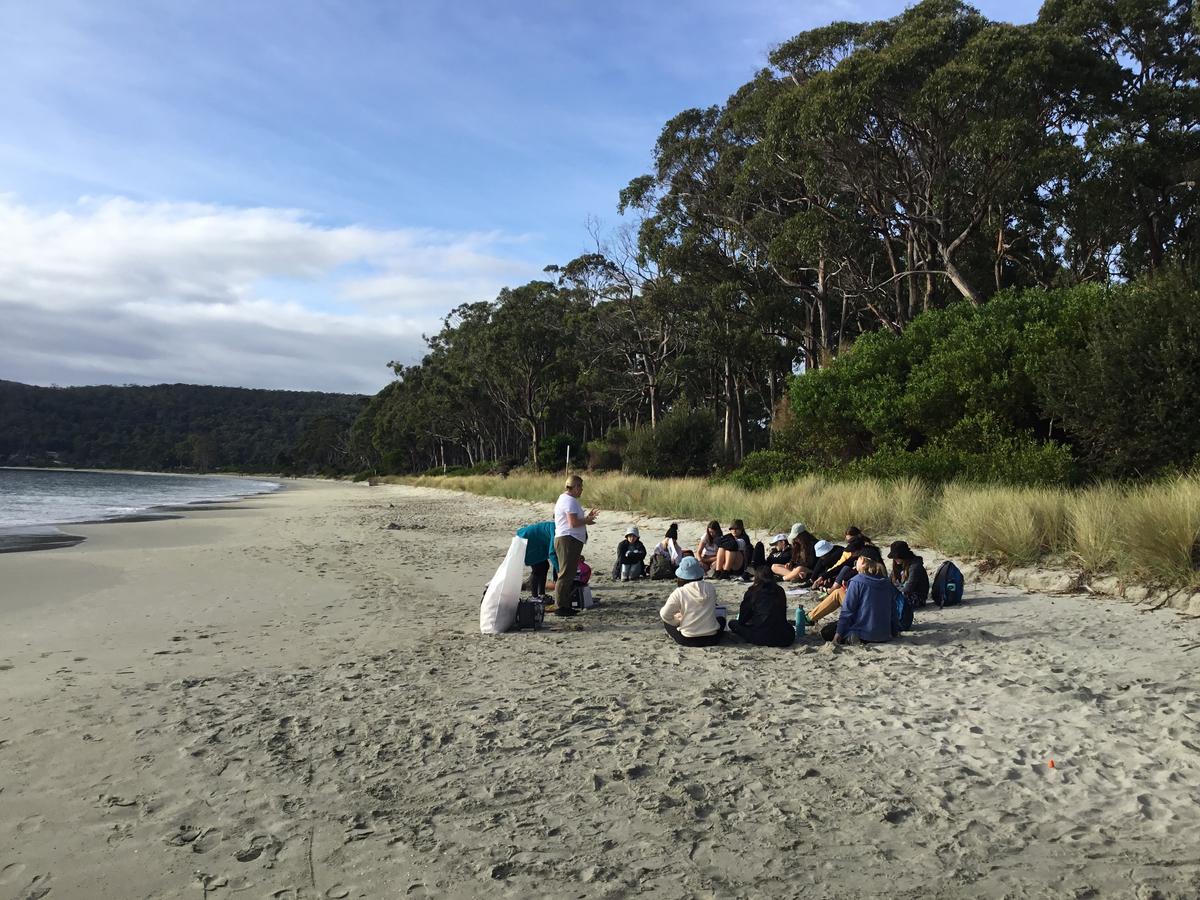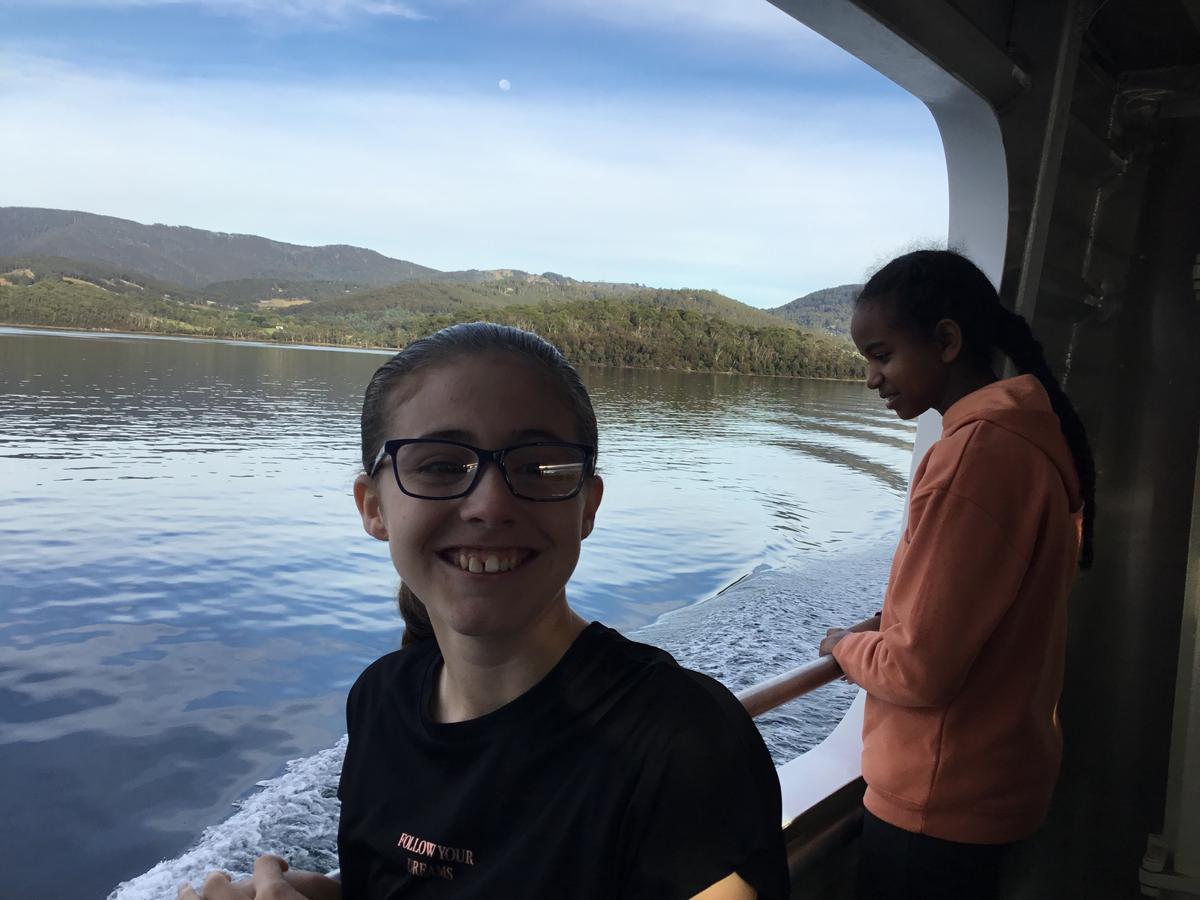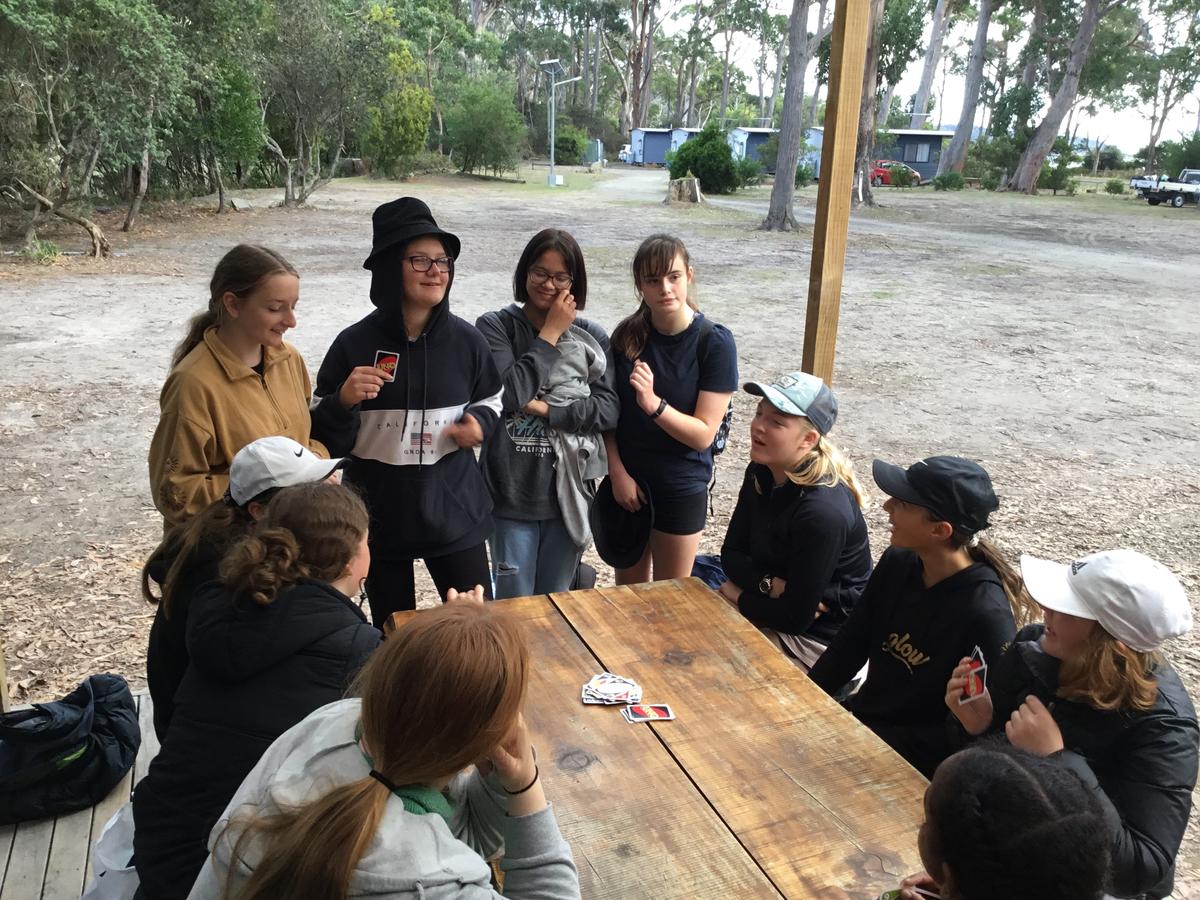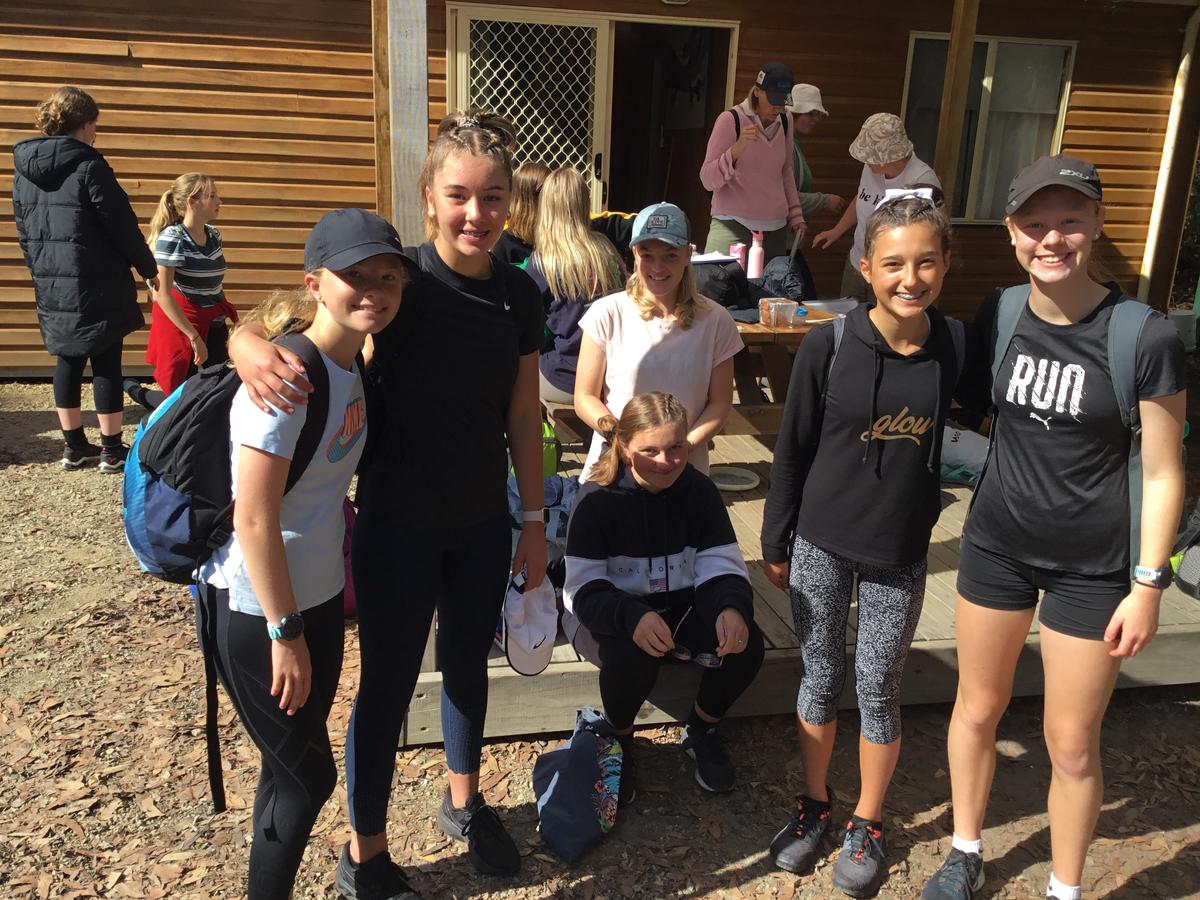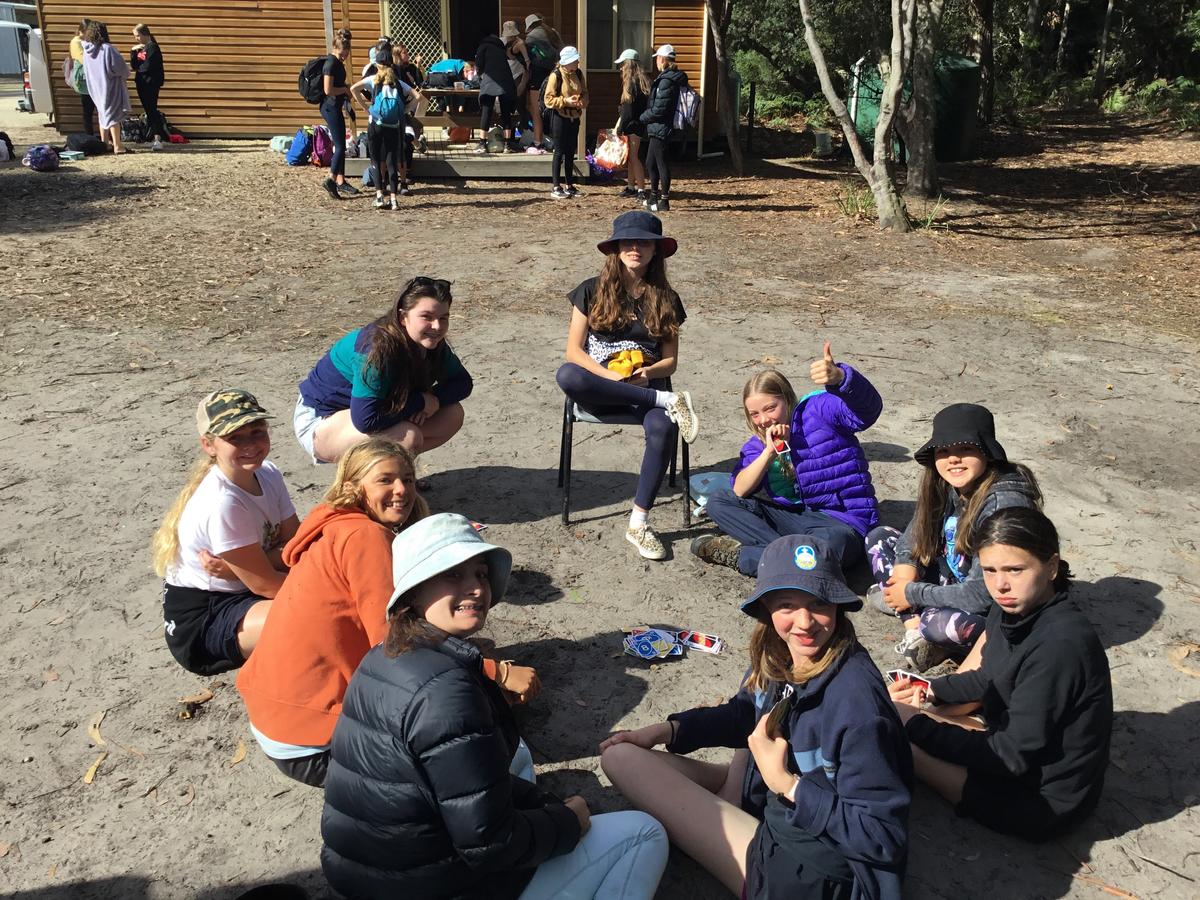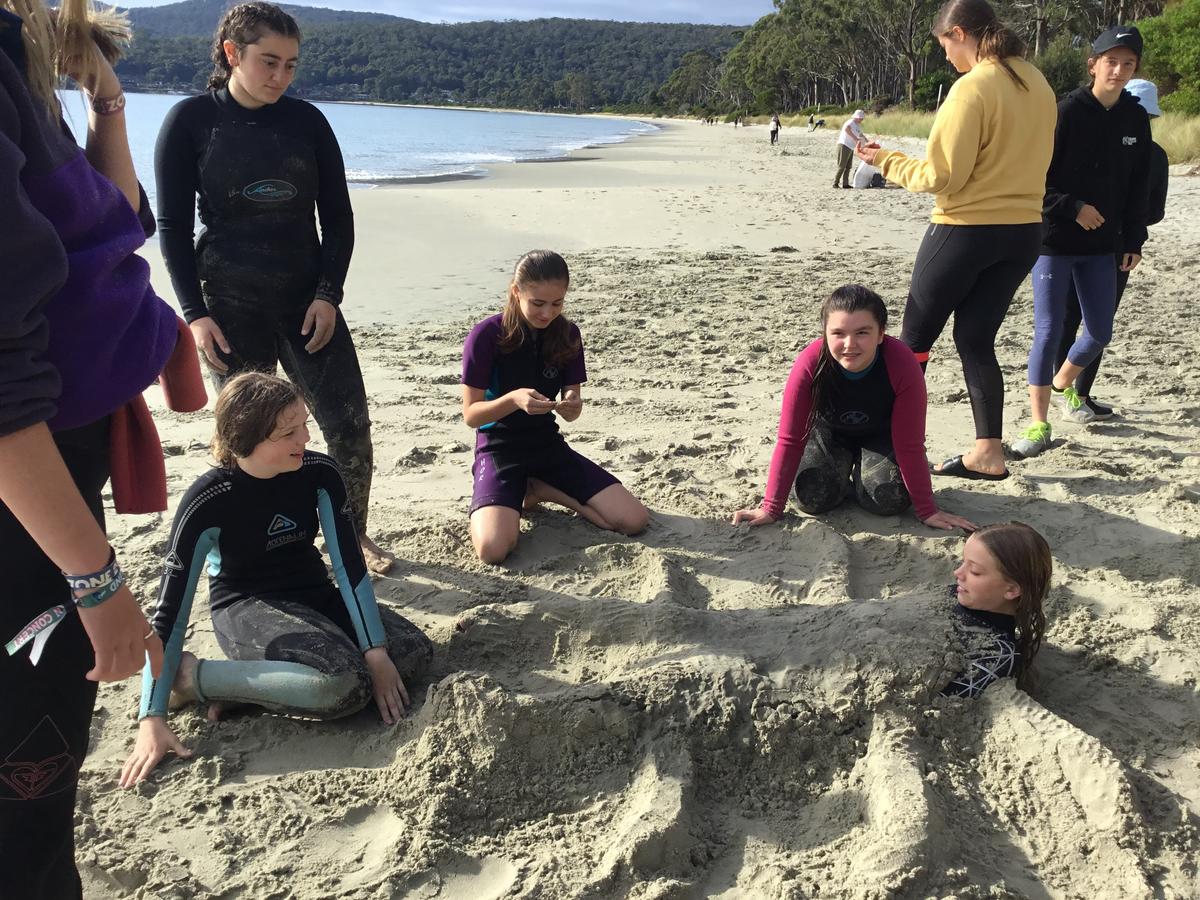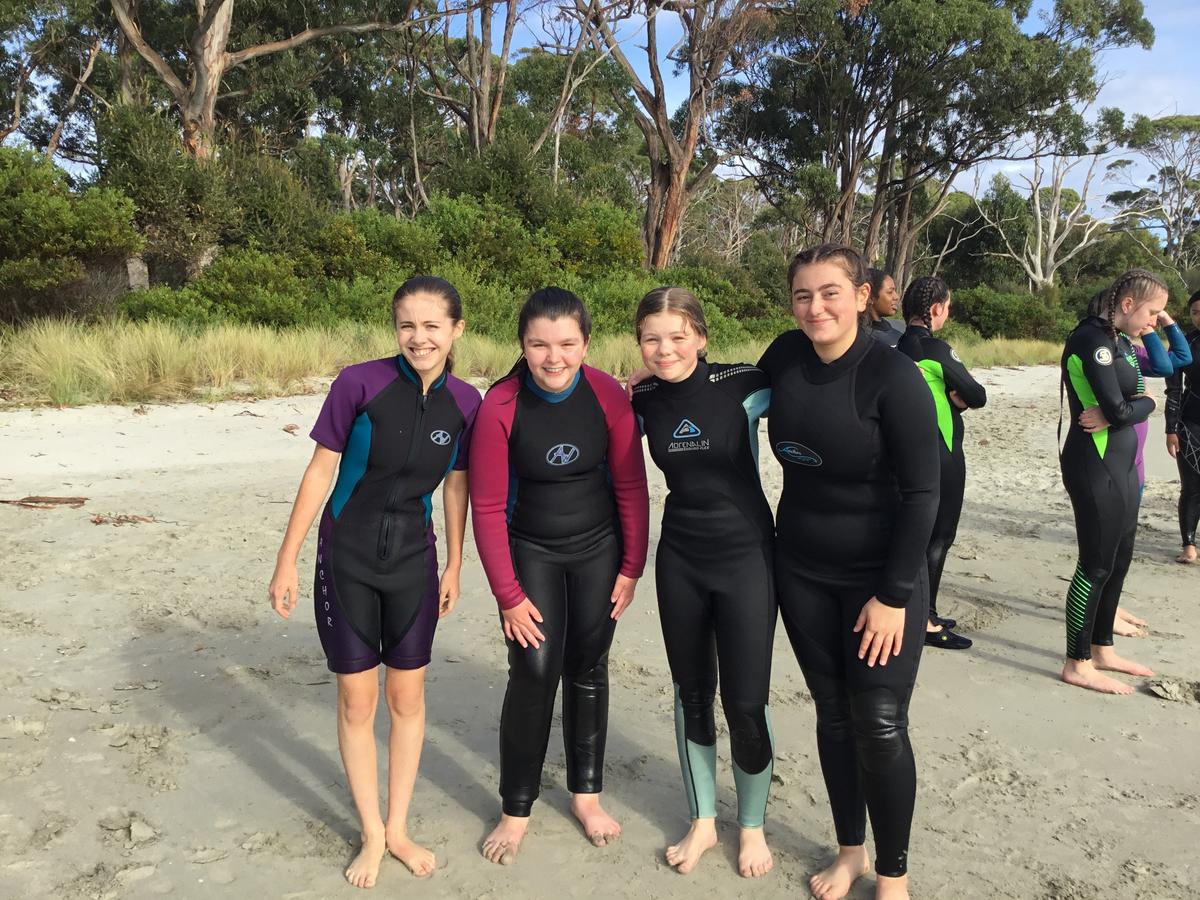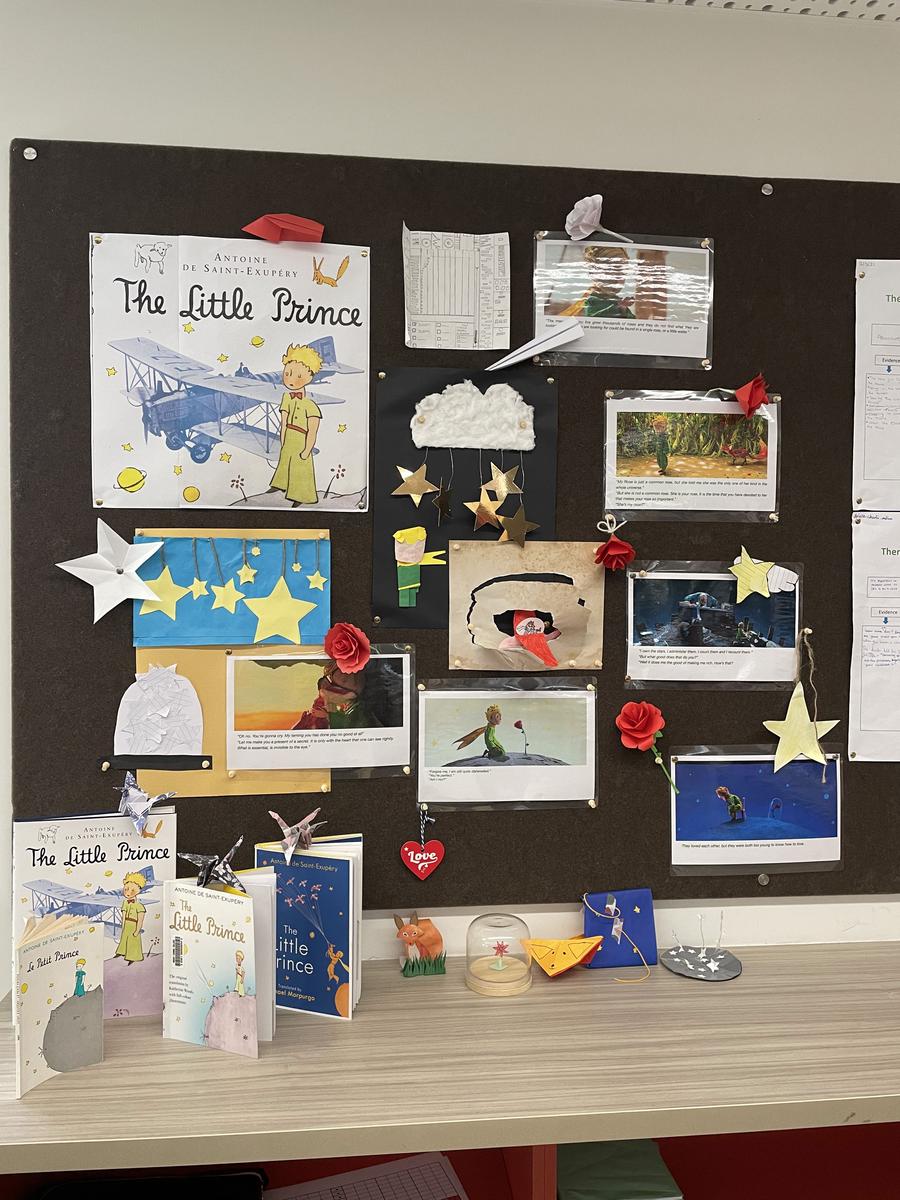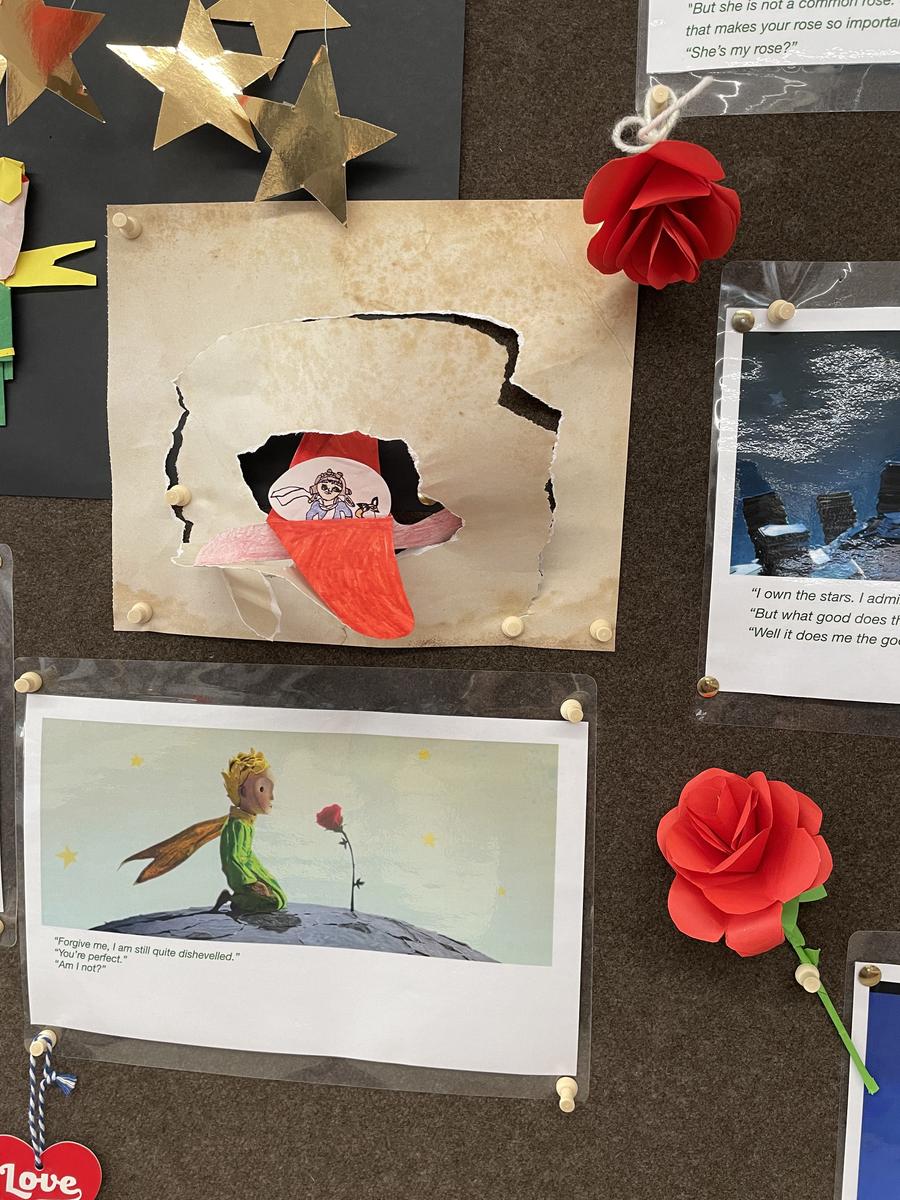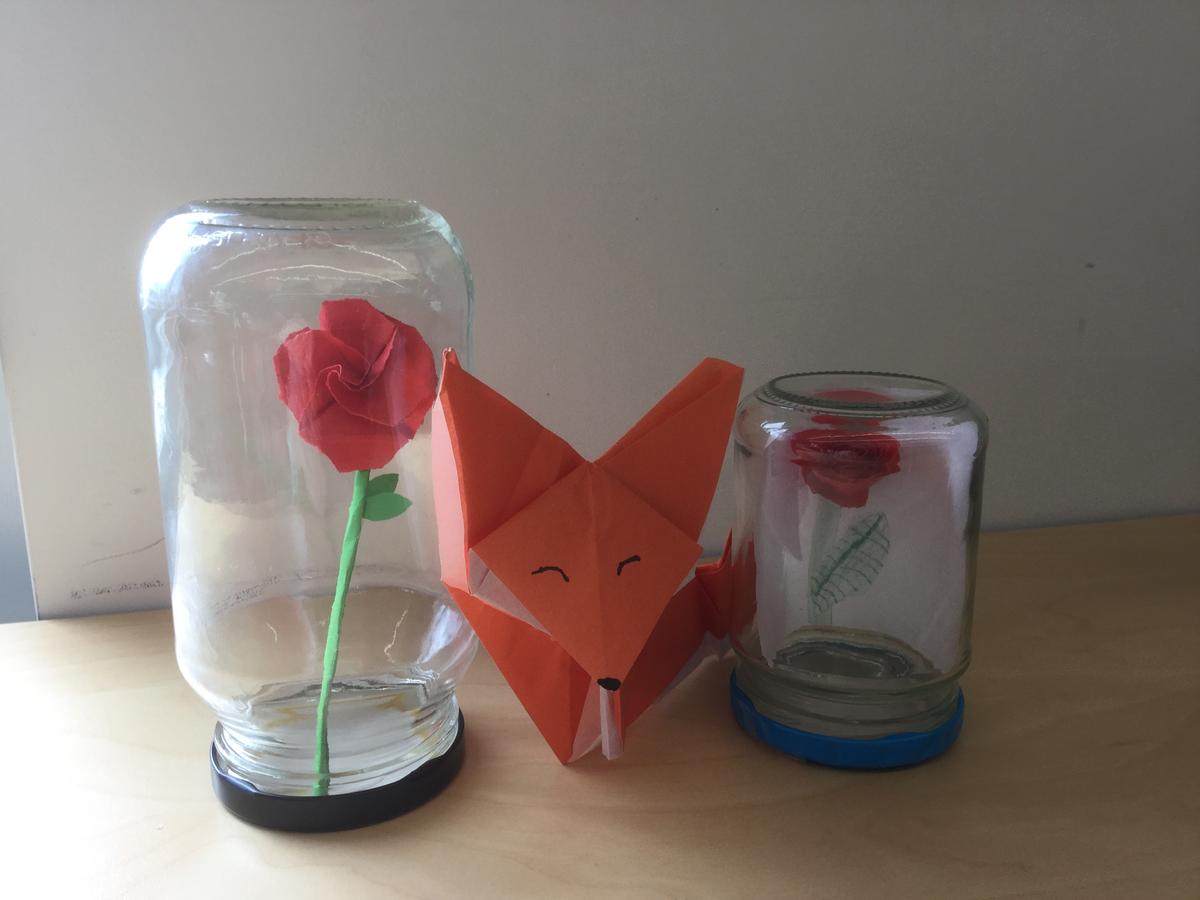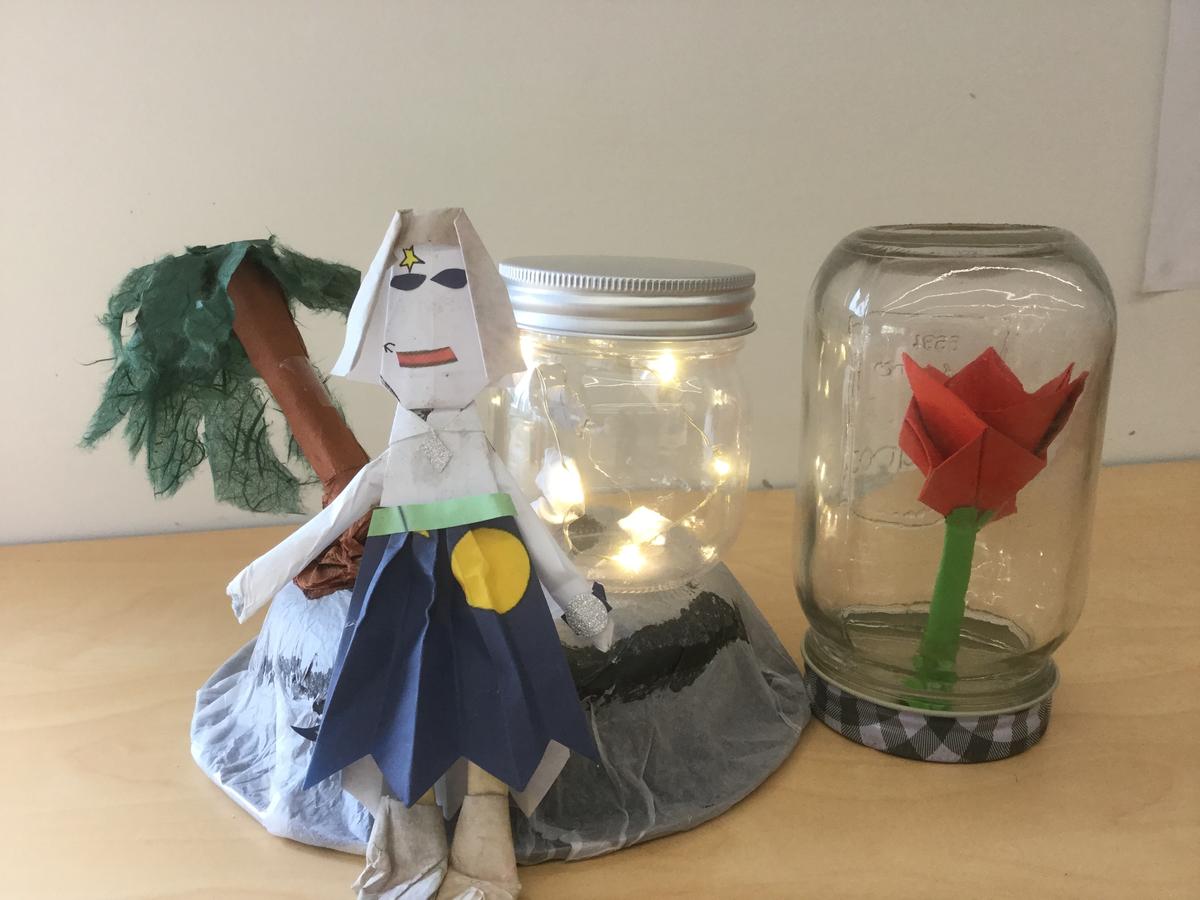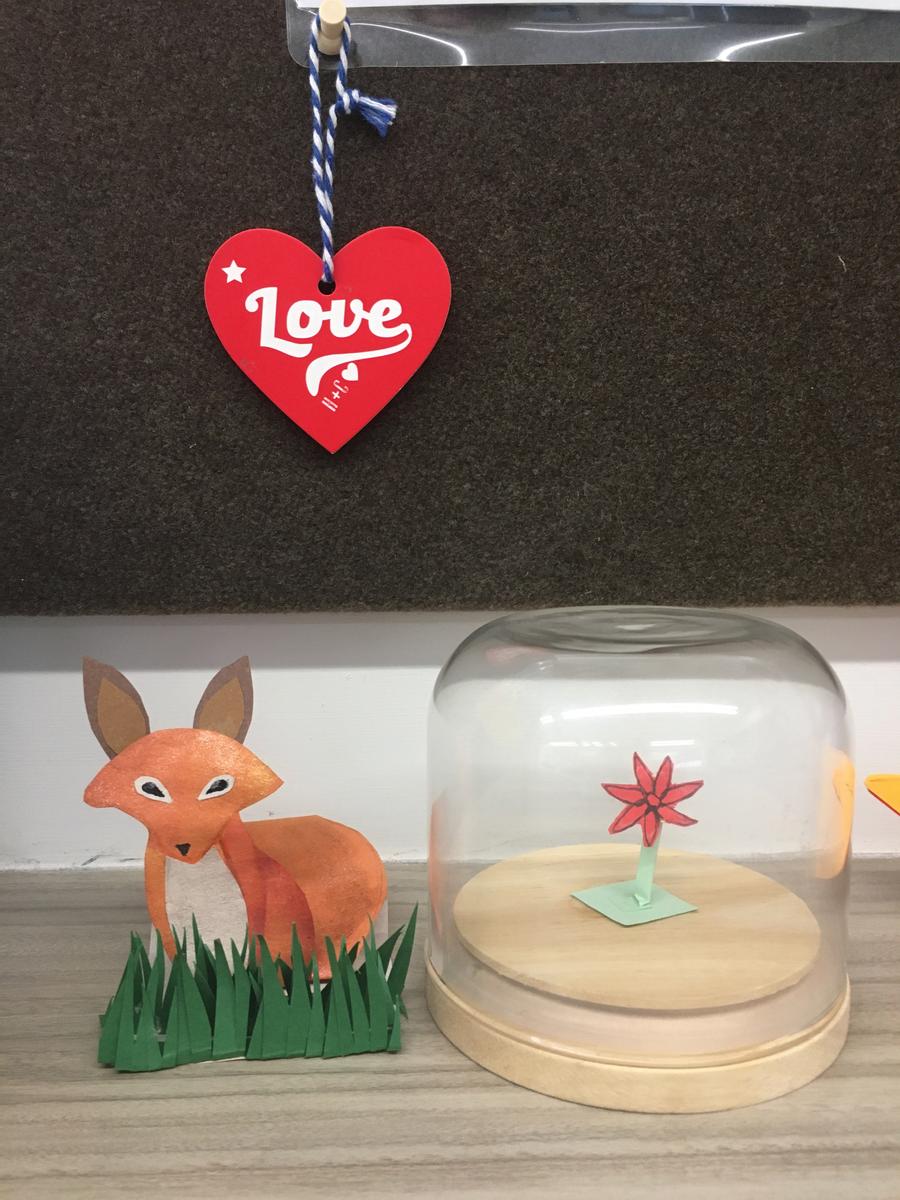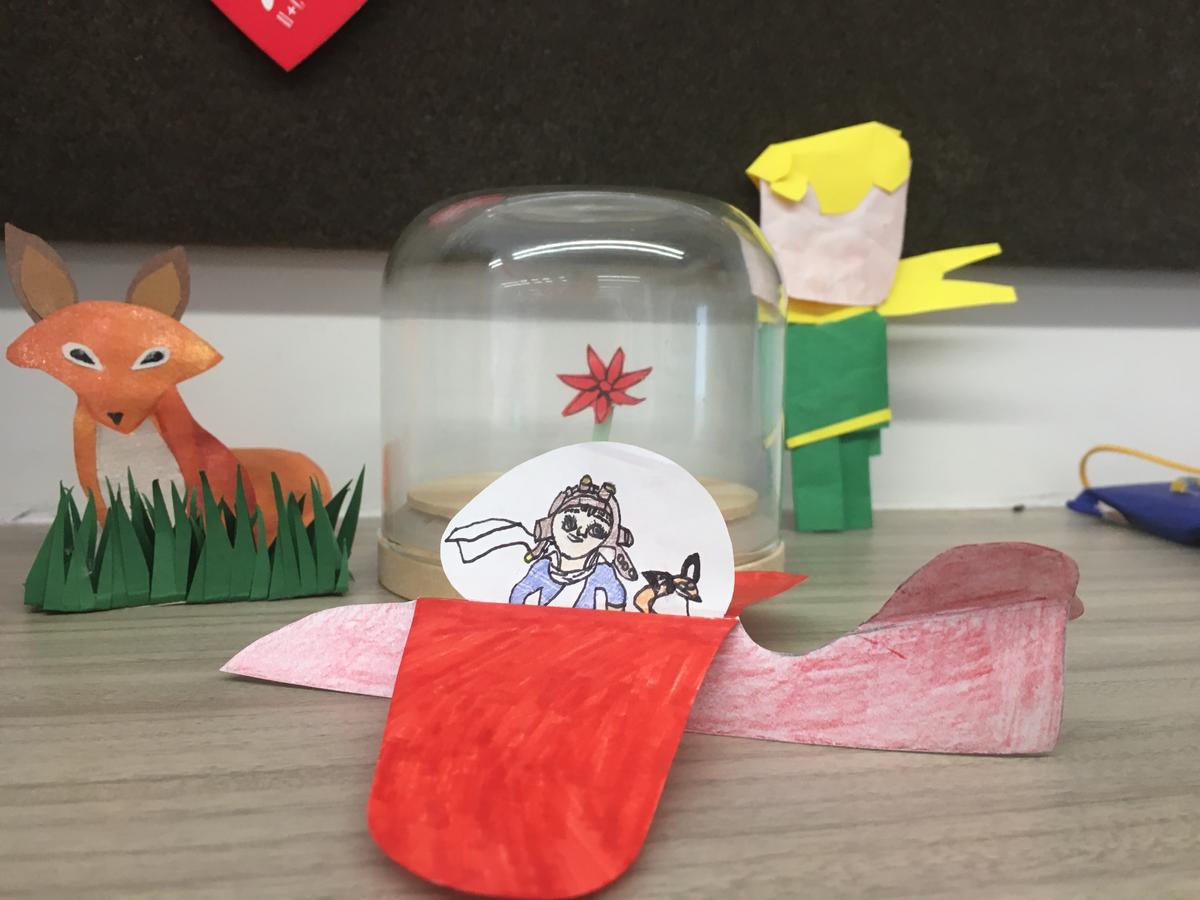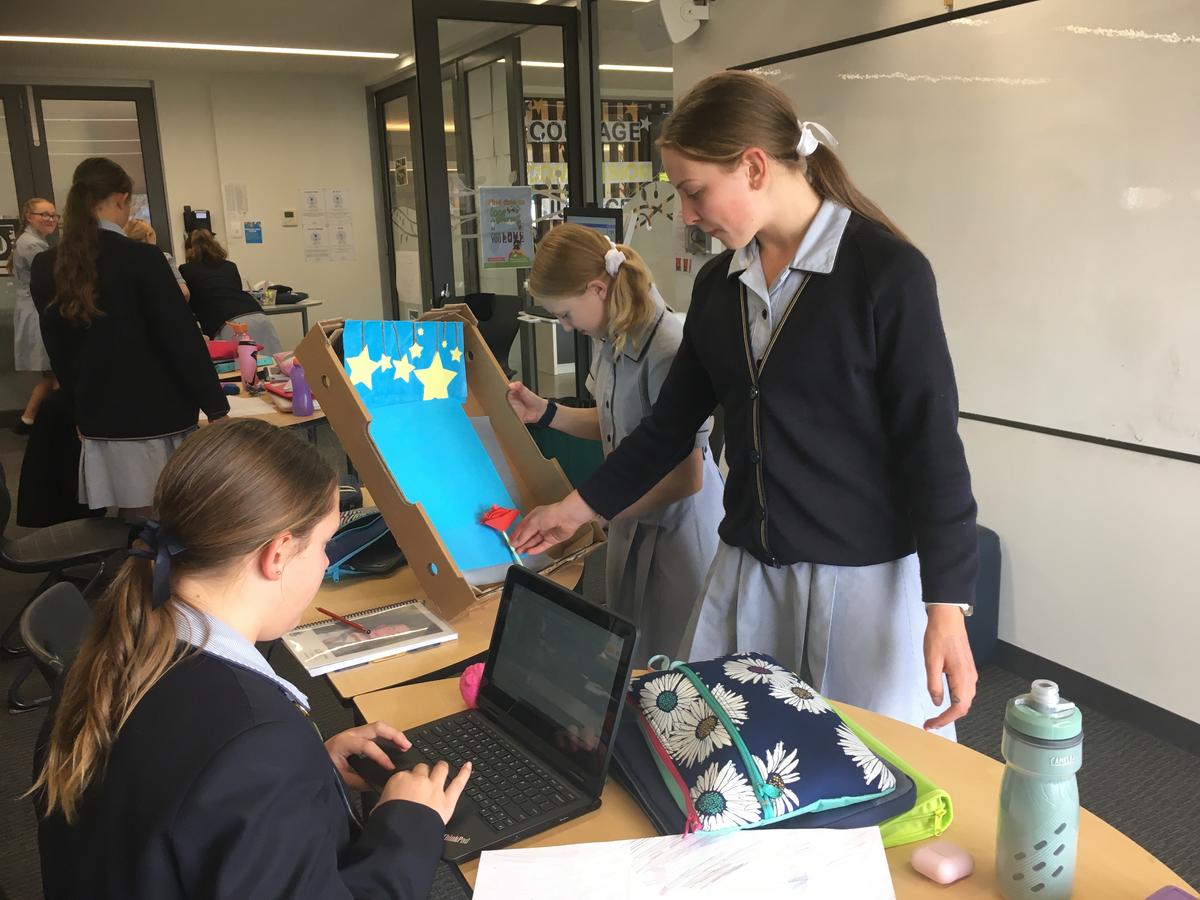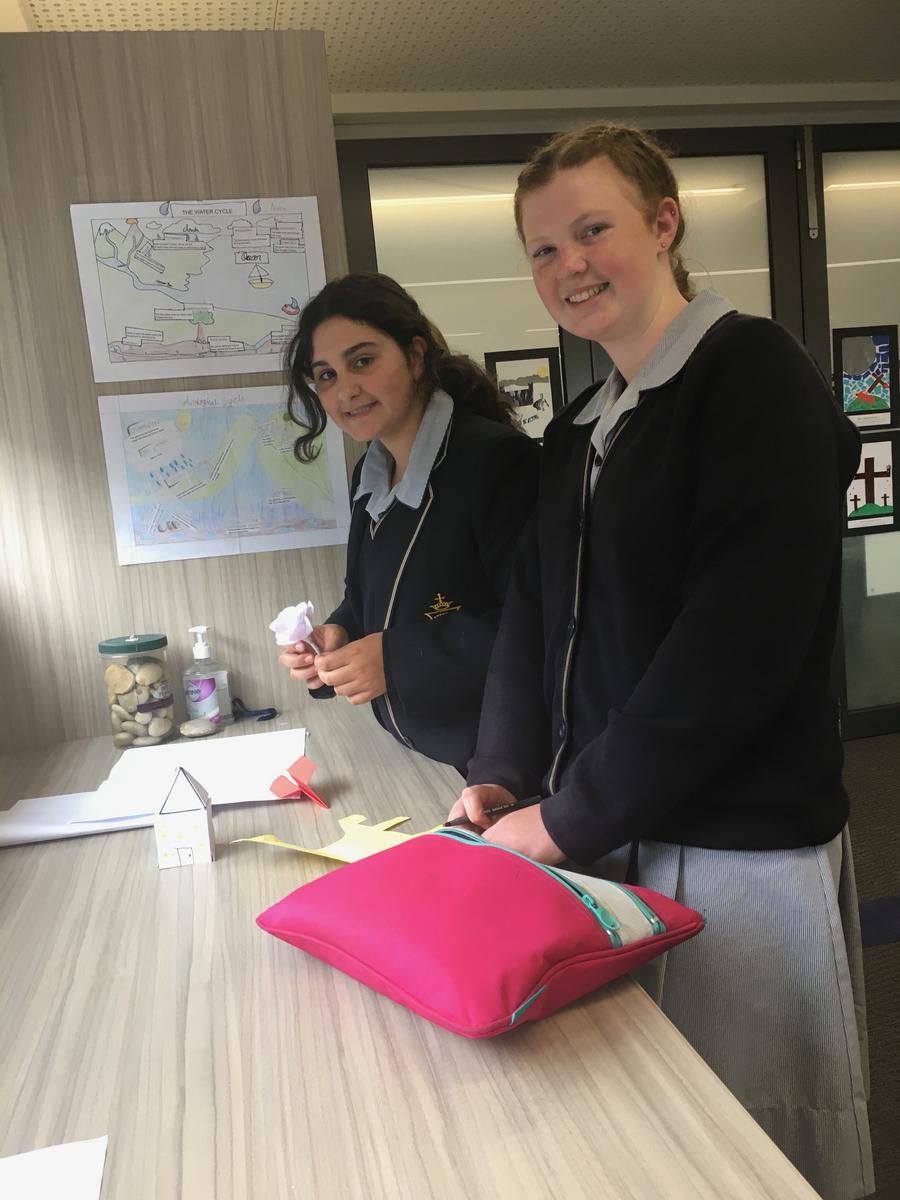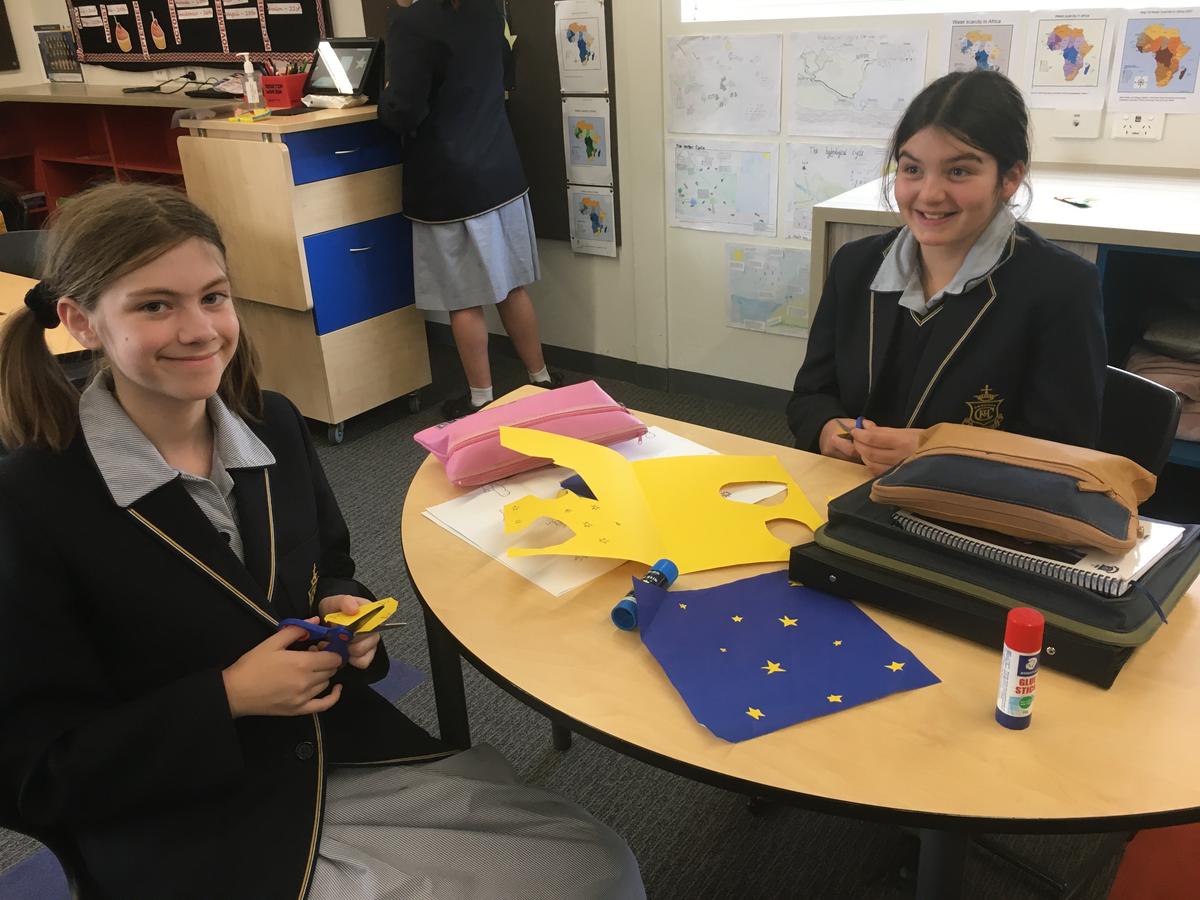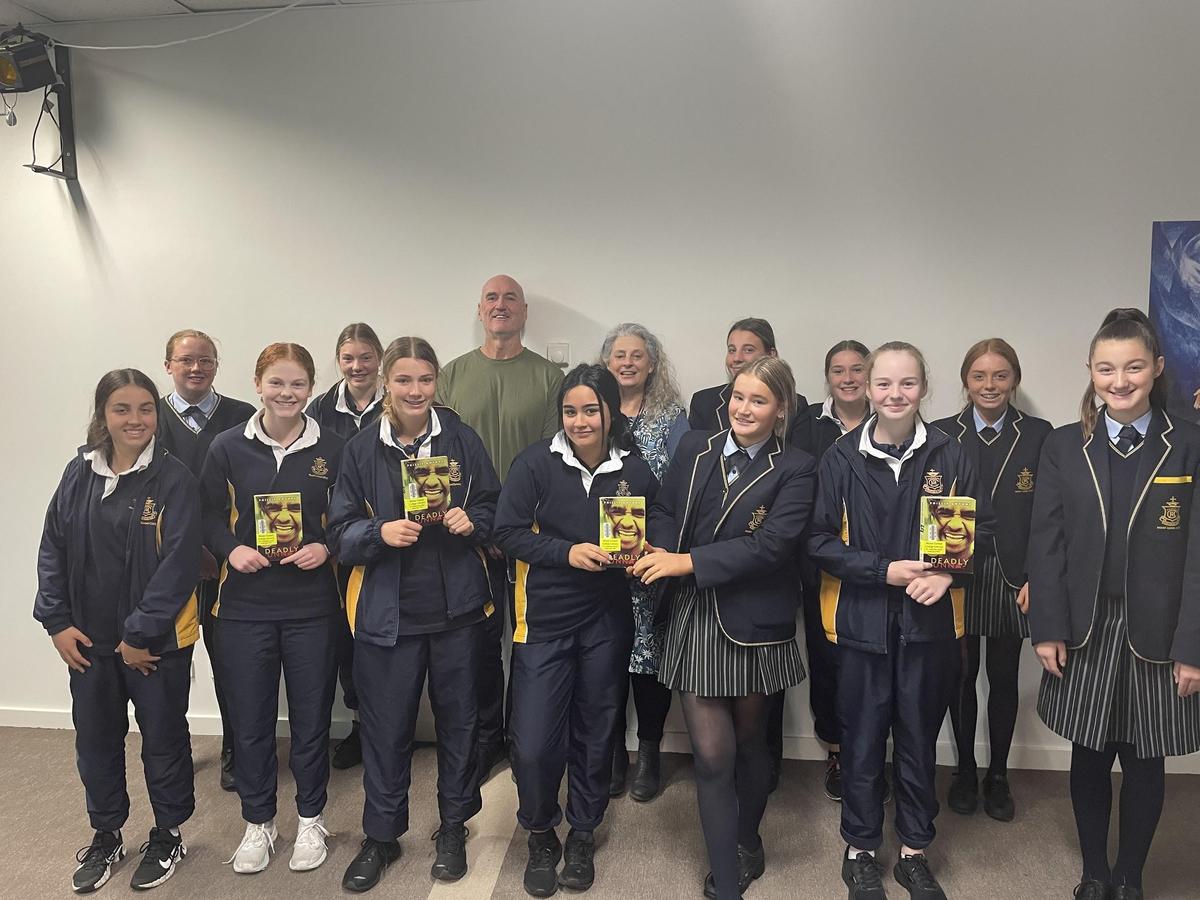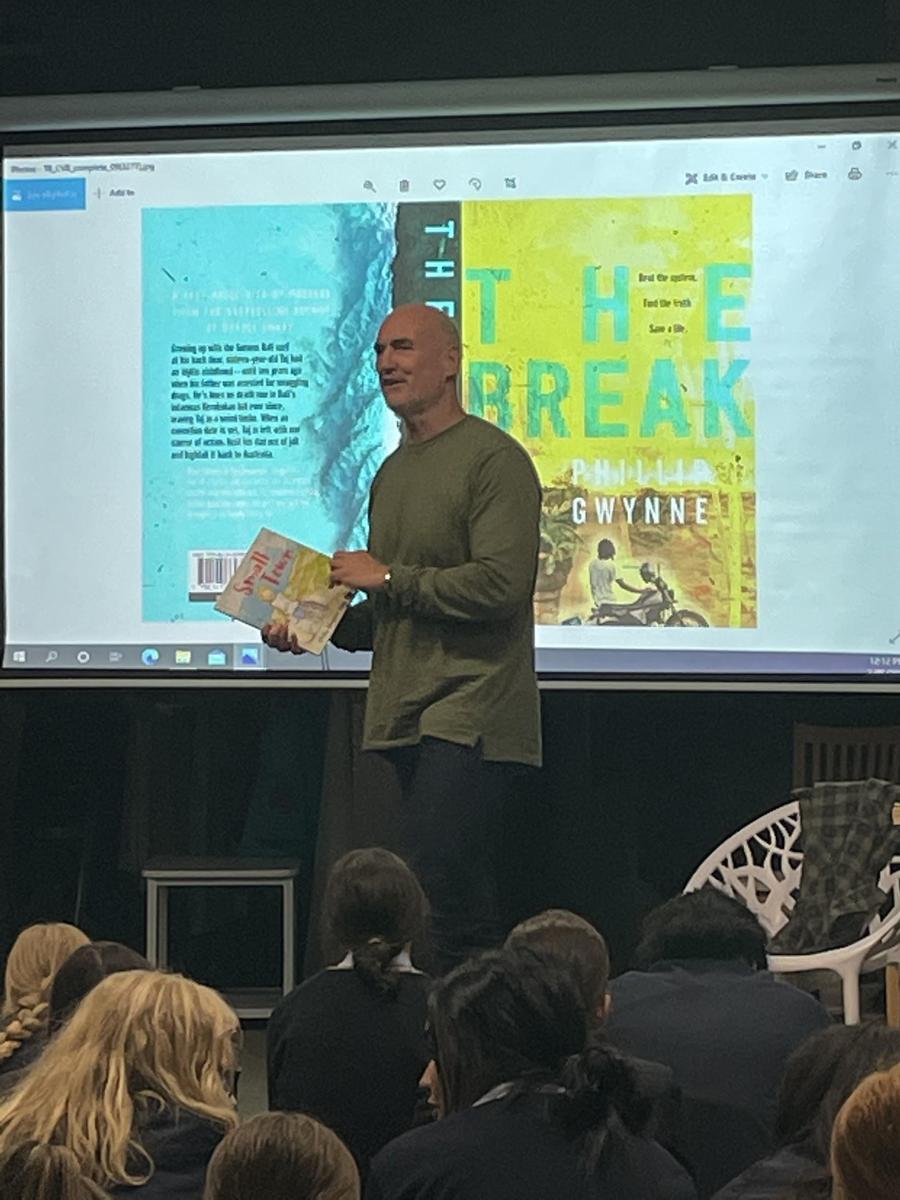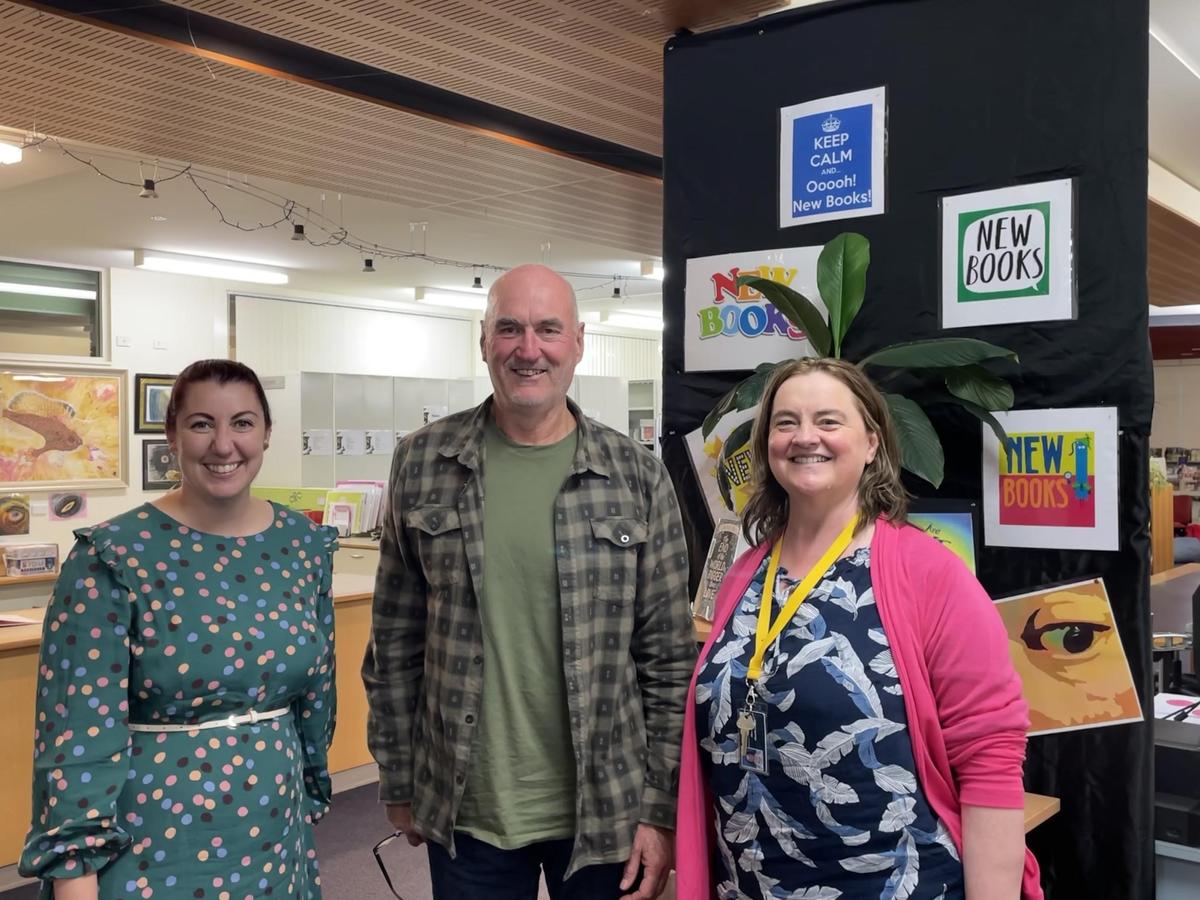Around the Secondary Classrooms
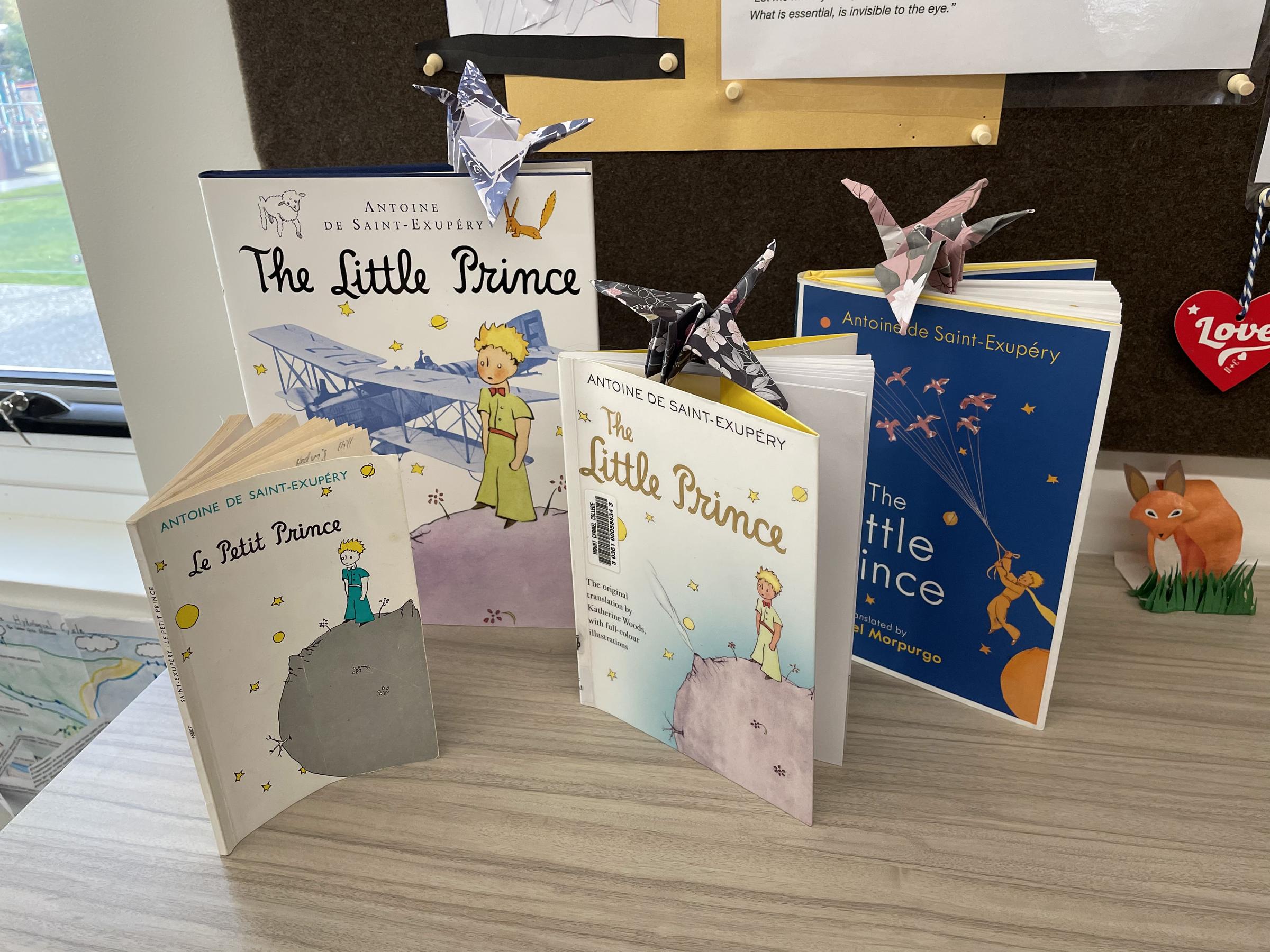
STRIVE
During the last week of Term 1, the Year 8 students headed to Bruny Island for their first STRIVE camp of the year.
The students worked in their STRIVE groups to rotate through a series of outdoor activities and learning experiences including bushwalks and beach walks, swimming and water based challenges from Adventure Bay Beach and Grassy Point and a sea level traverse of Penguin Island.
The camp program offered at the College is considered to be a vital part of each student's educational journey and with the incredible weather during their time on Bruny Island, the students had a wonderful experience for their first STRIVE camp.
Year 7 English - Stop Motion Animation
After watching the animated fantasy adventure film The Little Prince last term, this week in Year 7 English classes, students have been putting the finishing touches on their own stop-motion animation film clips.
The Little Prince tells Antoine de Saint-Exupéry’s original story in stop motion animation, within the context of a computer animated story about a little girl. The stop motion animation in the film is made using beautifully crafted paper figures, painstakingly maneuvered to create animation at the rate of two seconds per day.
Inspired by the film’s animation, Year 7 students set out to make their own brief stop-motion animation, using only paper to make backgrounds, props and figures, and exploring one of The Little Prince’s themes such as friendship, the value of childhood or the importance of imagination. Stop-motion can be a labour-intensive process and student groups have had to show creativity, imagination and a good deal of persistence as they have experimented with the art of storytelling through animation.
During this unit Year 7 students have learnt:
- it takes so much time to make it by moving the props/characters to tell the story and move the viewers
- it's not easy to make animation and there are multiple ways to tell a story.
- that in a way you can explore and create broader ideas and concepts than in real life.
- animation isn't as easy as it looks. It takes a lot of work and patience. It takes time to make the animation and a lot of different steps are involved. Making the props, taking the photos and creating the animation was time consuming but fun. It was a group task and everyone's input helped.
- I learnt that animation is very time consuming.
- I found the animation quite interesting because we all got to learn how to animate objects and I found creating a rose, star, fox, house or the Aviator interesting because I got to learn to take my time.
- how to observe and notice little meaningful details and how to record so much on just one film.
- I learnt from this unit how to make a stop motion animation. How little you move the objects to make the illusion of them moving. How many photos you have to take and how hundreds of photos could only make up a few seconds in the film they are making. How the creators make and move the characters by hand and how careful you have to be to make sure the illusion works.
- the most interesting thing I learnt was how the movie was made and that it was a French movie.
As our Storytelling Through Animation unit draws to a close, Lily Mallinson has this advice for future Year 7 students:
I would tell other students that if you are interested in animation and film making this unit is a perfect opportunity for both those things. You get to learn about different types of animations, learn how this film was made and make your own short animation. It's a good chance to try new things you haven't done before and have fun.
Year 9 English
On Monday 3rd May, author Phillip Gwynne came to Mount Carmel to talk to the Year 9 students about his work. A class in this year level has been studying his first novel called Deadly Unna.
Phillip spoke about his journey as writer and how he came to acquire this profession after doing a variety of other jobs.
It started off in primary school where Gwynne was told he could be a writer with his great creative skills. As a child Gwynne loved to read. His mother was a very busy lady (with 8 children) and didn’t often have time to herself. She too, loved to read. She especially read magazines. Phillip stated that there was no peace anywhere in the house other than the bathroom (which is where she read the books and left them laying around). Naturally, when Gwynne saw the books he would pick them up and start reading them too. This gave Gwynne a great insight to writing. So, when he was told that he would be a good writer, he really liked the idea.
However, as the years progressed and he went into high school, he lost his sense of writing as a possible career until finally, he had the courage to give up work and pursue this full time.
Philip Gwynne spoke about how his first book was basically autobiographical. He wrote about his rough childhood and based the story on his life with a different person portraying his role. The book is similar to his life in that it is about a small town, a large family, and the indigenous community there.
Phillip spoke about how hard it is to start writing and how a course was very helpful. He stopped writing for many years after school, so when he attempted to start again he had forgotten how. Phillip explained that he went to a writing club to get the skills again.
Mrs Blythe’s class is currently writing about Gwynne’s work, and the interview gave our class great insight. Students were able to ask questions throughout the speech.
Rhiannon asked how the main character changes throughout the course of the novel and Gwynne gave a helpful and extended answer which will help the students with their analysis.
Gwynne answered Rhiannon's question with the idea of “agency” in a character and how to create a sense of place. He spoke about how you cannot appropriate another person’s story or profit from their pain. Many other tips were given, which will in turn, help the students to write creative pieces in class.
Since his first book, Deadly Unna Phillip Gwynne has gone on to write many other books, including children's stories.
Coco Erin

